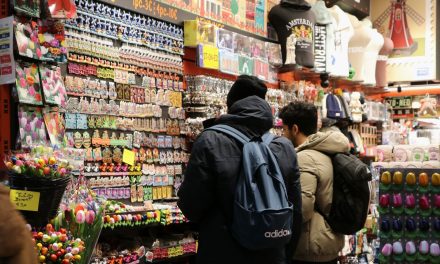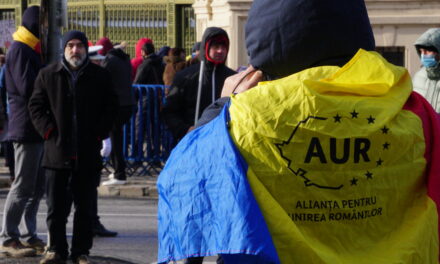Since Greta Thunberg started the FridaysForFuture climate movement in 2o18, many others activism groups were founded. One of them is Extinction Rebellion, which were established at the end of 2018. Today they have more than 1000 local groups, located all over the world. They are not bound to any political parties or governments. In the groups they also do not have any type of hierarchy. They want every member to have an equal chance to contribute their knowledge and ideas. It is important that everyone can join, no matter what age, gender, nationality or sexuality. On their website they state that everyone can help and is needed to make a change in the world.
The different groups plan so called “actions” in their citys, where they protest against different climate change related topics. In these actions they use non-violent direct action and civil disobedience. An action may look like this: A group of activists, or as they call themselves “rebels”, block a street to demonstrate against a construction of a highway. They make banners and posters supporting their message. Often a few of the participants also glue themselves to the grounds or lock themselves to street poles. This make it harder for the police to remove them from the location. For the activists this behaviour can result in money fees or arrests. Which is what makes them from other climate activism groups, like FridaysForFuture for example.
Actions like this have been increasing all over the world not only from Extinction Rebellion but from other groups as well. Especially the ones in museums, where activists glue themselves to art. Is this form of climate activism successful for getting attention? On this question and other ones I interviewed two members of the local Extinction Rebellion group in Utrecht for the Cross Border Journalism radio show. They talked to me about why they joined, why they think civil disobedience is the only way to change ongoing climate politics and how activism can help to fight climate anxiety.




